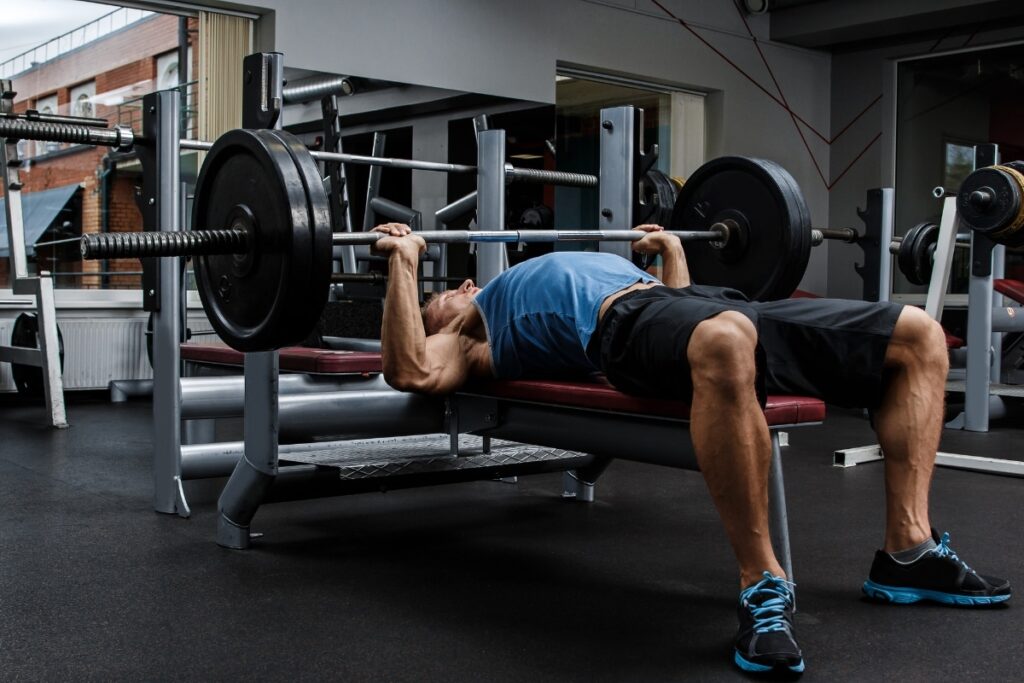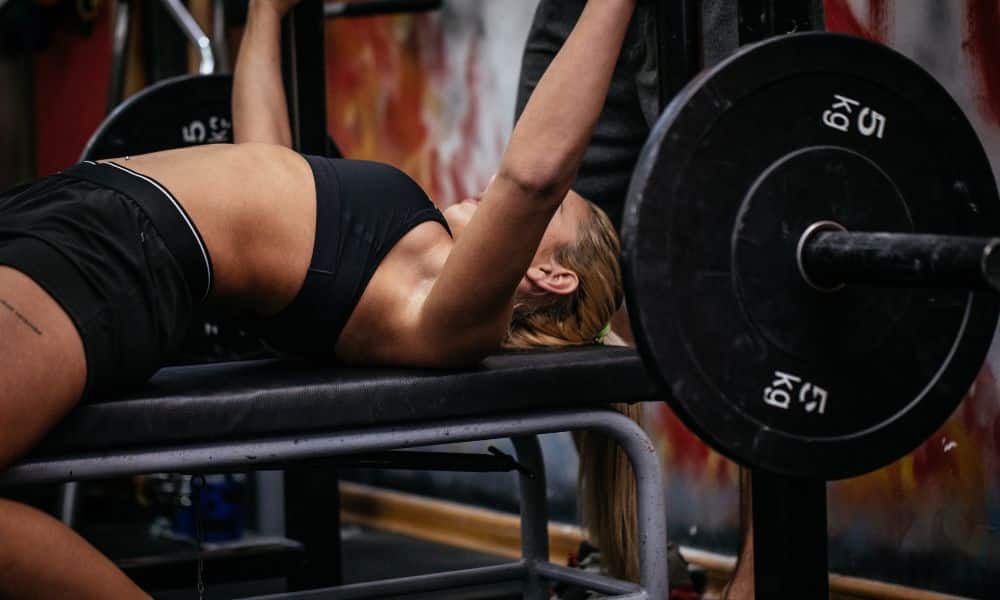The barbell bench press is one of the most popular exercises for developing upper body strength. It’s simple, effective, and can be done with various weight sizes depending on your fitness level. In addition, it can be performed with a regular, decline, or incline bench. It is also one of the five major compound lifts that form the foundation of weightlifting training.
Three Steps to Master the Barbell Bench Press
But mastering this exercise requires more than just lifting a barbell—it requires a proper form, good technique, and knowledge of how to do it safely. So first, let’s look at how to master the barbell bench press correctly.
Grip
First, you must find the correct grip width for your bench press. A wider grip will target your chest muscles, while a narrower grip will target your triceps. To determine the best grip width for you, lie down on the flat bench and grab ahold of the barbell with both hands just outside shoulder-width apart. This is where you should begin when performing each repetition.
In addition to the grip width, you can select an overhand or underhand grip. While most people choose an overhand grip if they have had a shoulder injury, especially in the posterior deltoid an underhand grip will allow them to build the chest without further damage to the posterior deltoid. Also, the under grip emphasizes the bicep, while the overhand grip emphasizes the tricep.
Feet
Your feet should be firmly planted on the ground during each rep so that you remain stable throughout the lift.
If you feel wobbly or off balance at any point during the lift, stop immediately and adjust your foot positioning until you feel steady and secure once again. Also, ensure that your back is always in contact with the bench as you perform each rep—this ensures that you have solid support during each barbell bench press and reduces your risk of injury.
Finally, ensure 5 points of body contact with the bench and floor, including the head, shoulders, back, butt, and legs. This gives the pec major and minor support and stability to generate maximum effort without the assistance of more muscle groups.
Path
Regarding lifting, remember two important points: keep your elbows close to your body (not flared out) and drive up through your heels as you push up from the bench (your thighs shouldn’t leave the surface). This helps ensure that proper form is maintained throughout each rep and allows maximum muscle engagement throughout each set.
In addition, push the weight up and release it down on a verticle path. Also, focus on the cadence. Count out a 4-1-2-1 rhythm during the lift to emphasize form. Finally, select a weight that will allow you to execute the perfect form. Don’t worry. Use progressive overload to gradually work up to the weight you would like to workout with for the barbell bench press.
Final Thoughts on the Barbell Bench Press
The barbell bench press is incredibly effective for building upper body strength. Still, it requires a proper form, technique, and safety considerations to maximize its potential benefits while avoiding injury.
Be sure to use an appropriate weight size for your fitness level, maintain correct form throughout each rep (elbows tucked in close), keep your feet firmly planted on the ground at all times, and drive up through your heels as you push up from the bench (not just relying on arm strength). With these tips in mind, mastering this classic exercise shouldn’t be too tricky!
If you or someone you know is considering bodybuilding, share this article on Facebook or Twitter so that others can learn more about building muscle.




